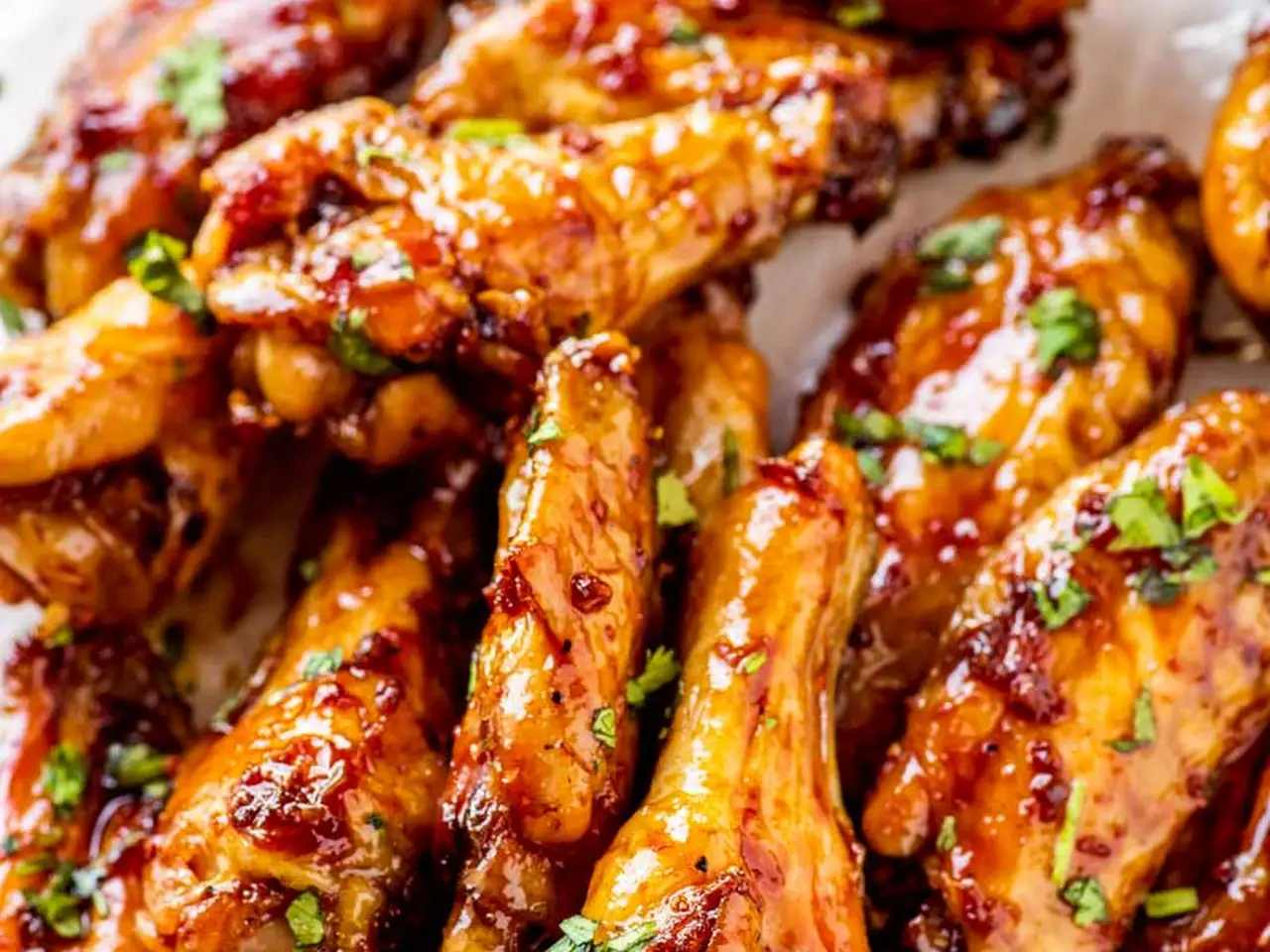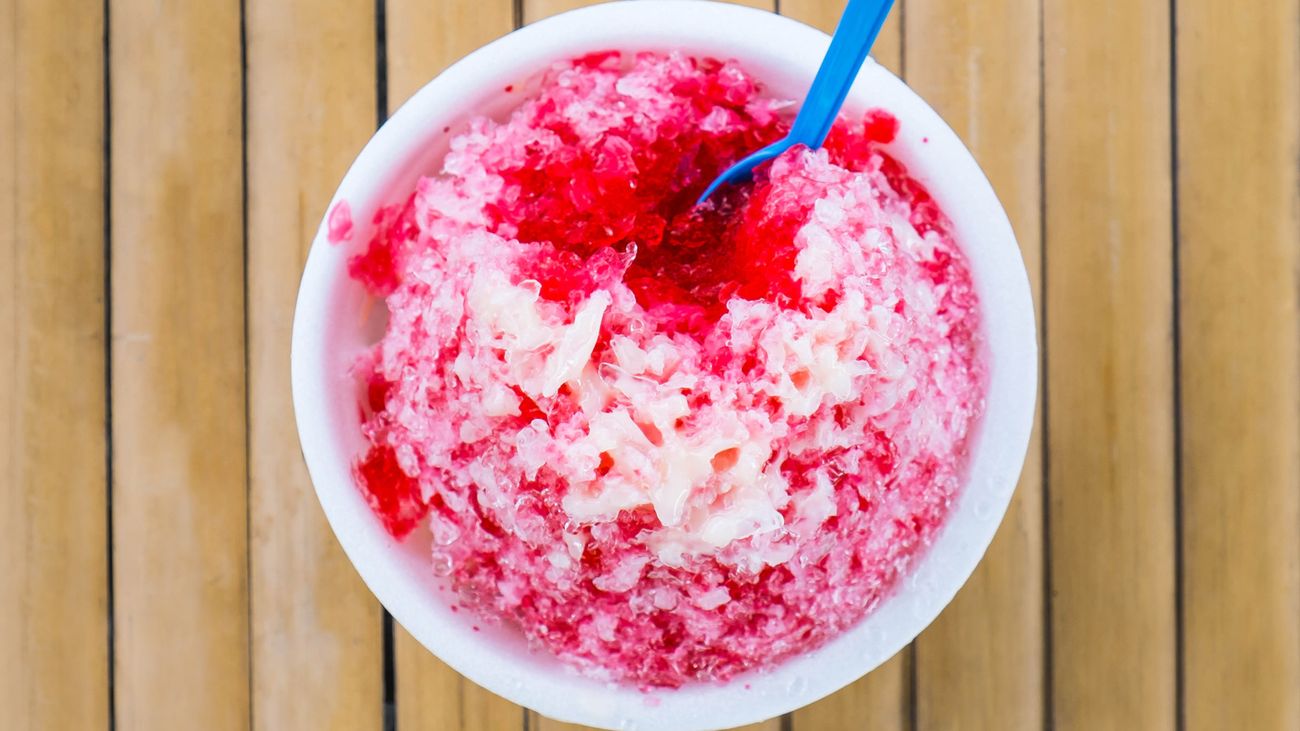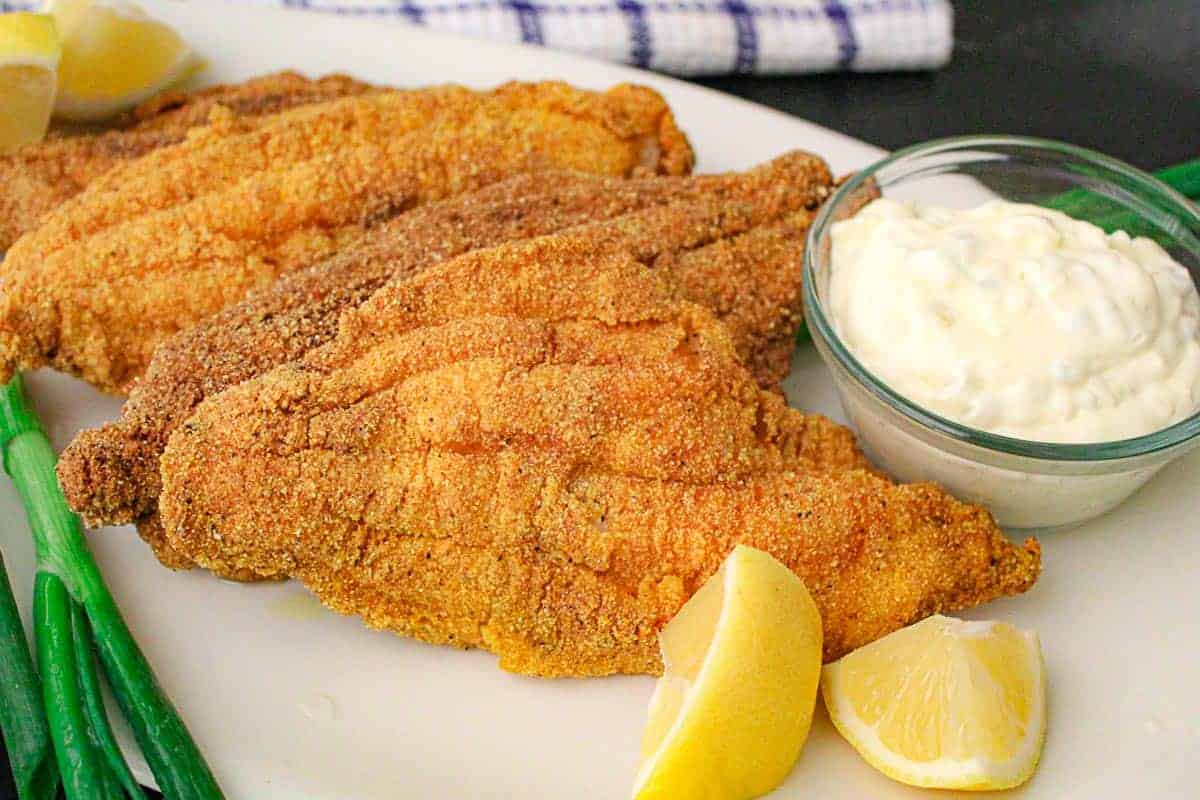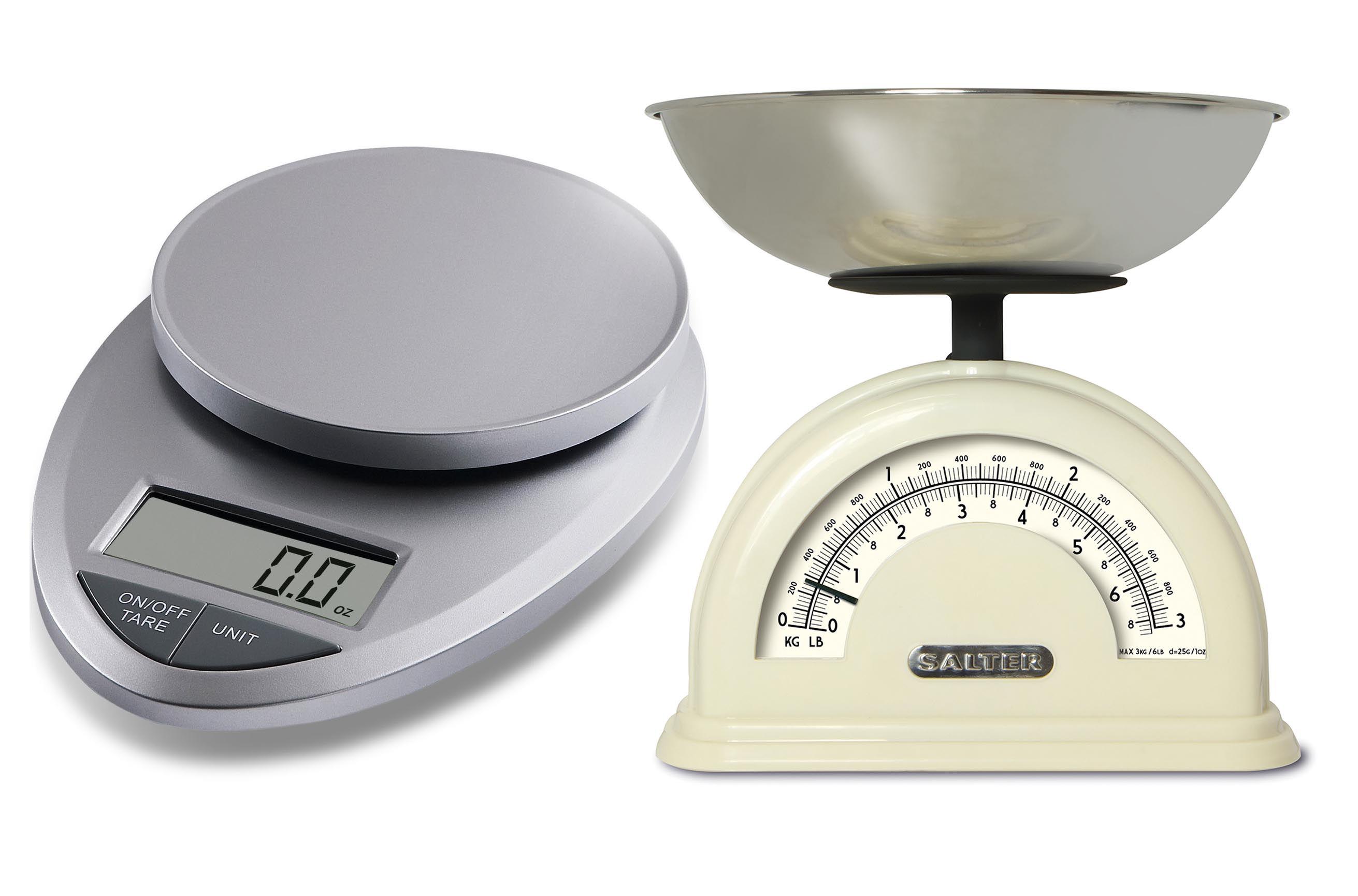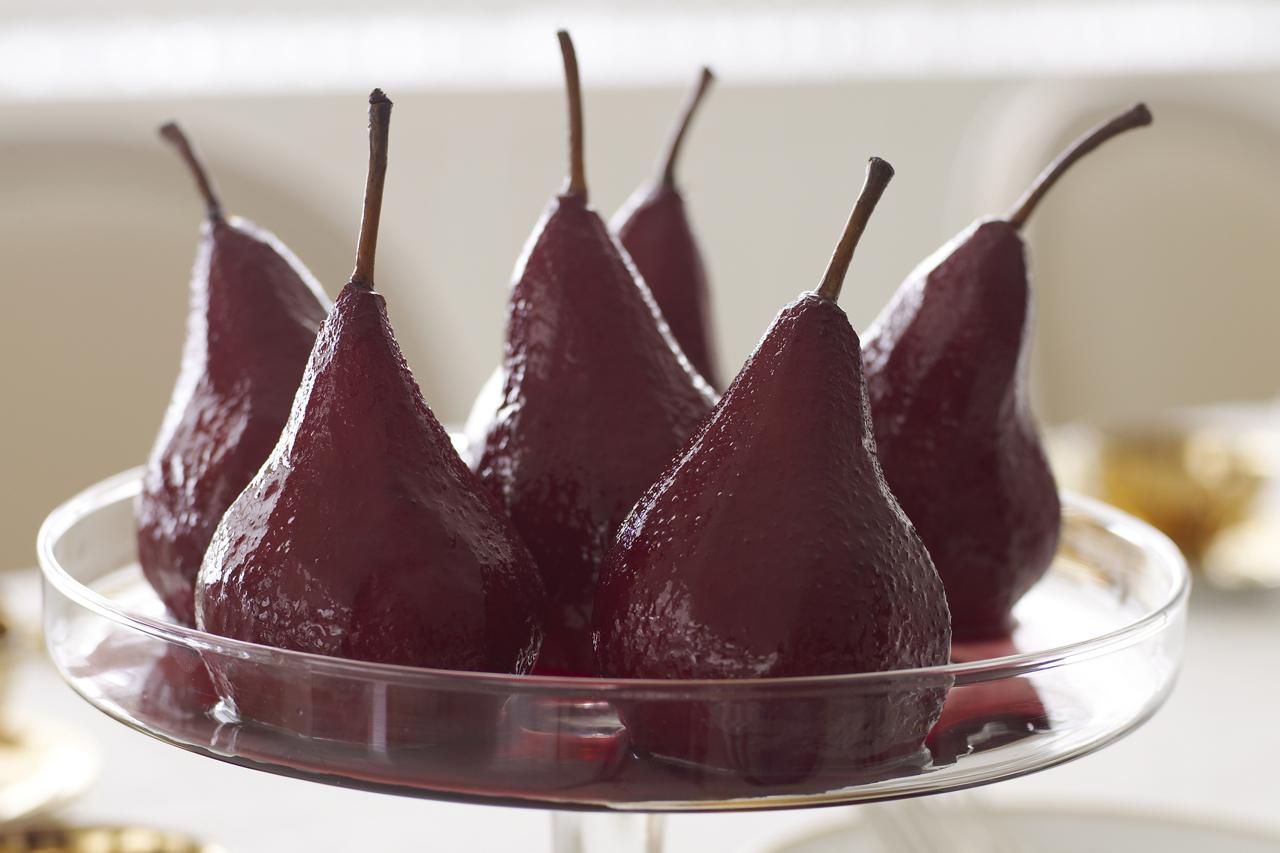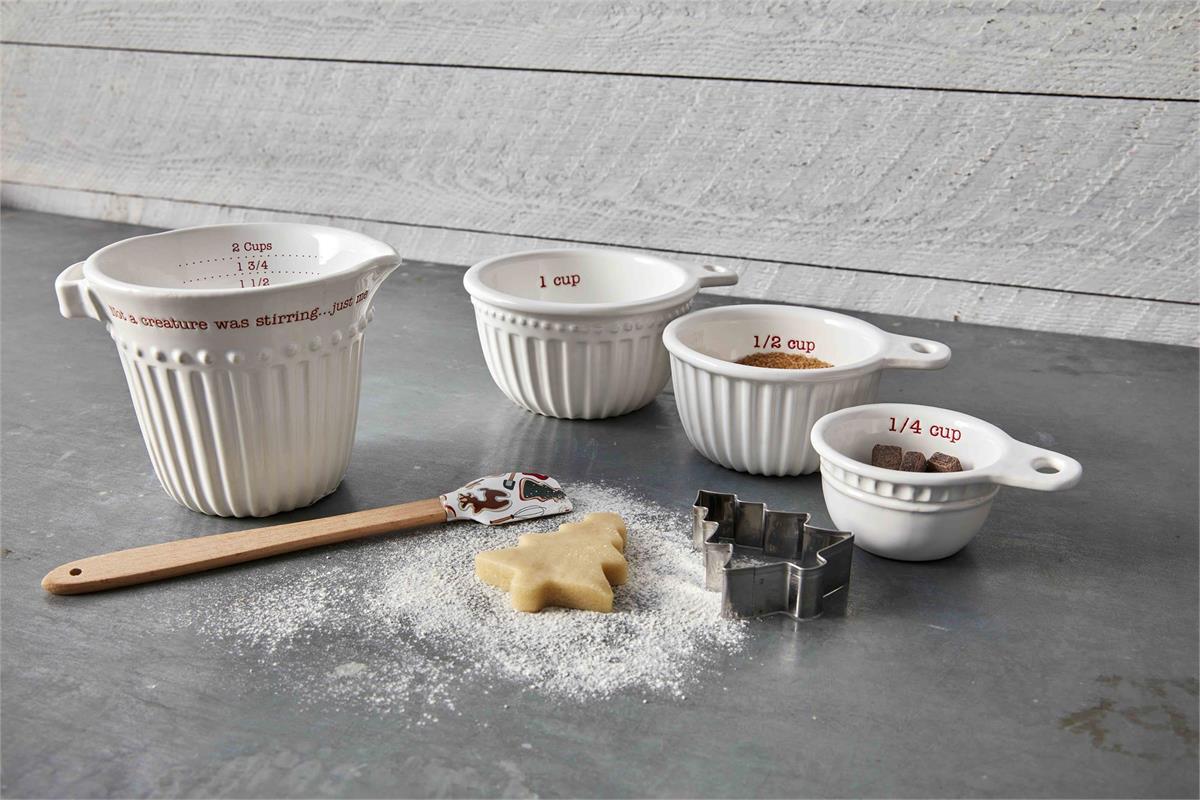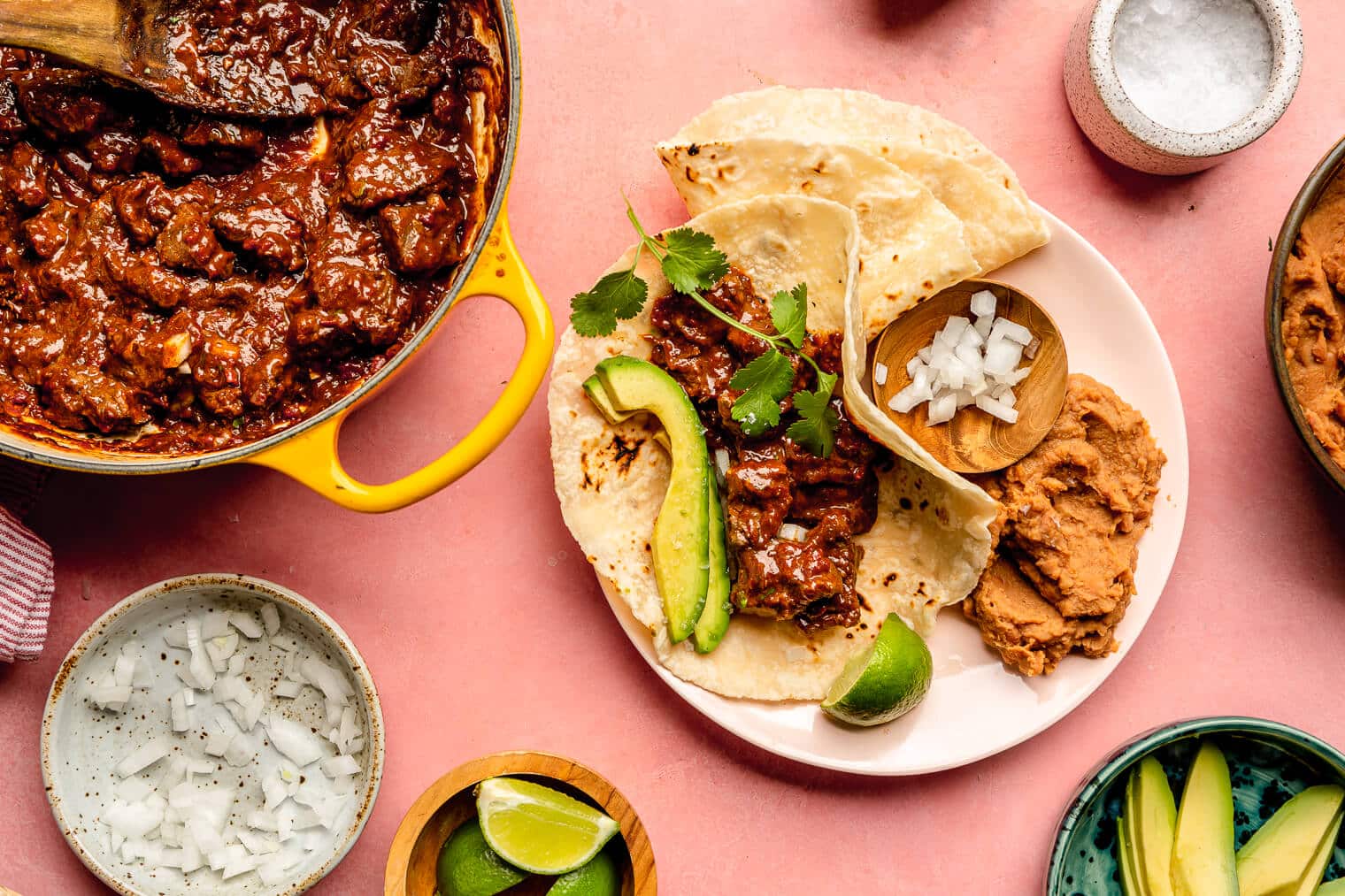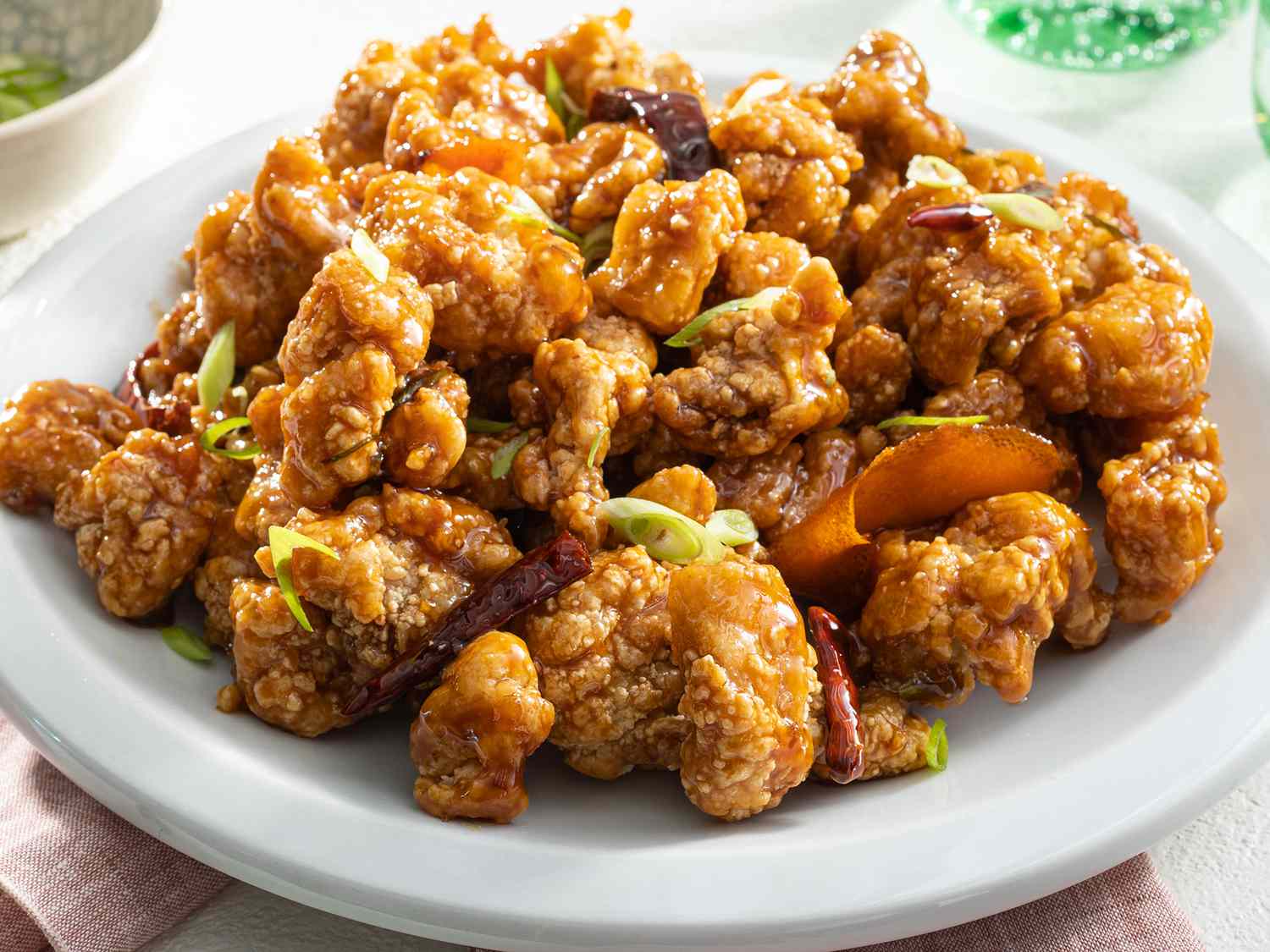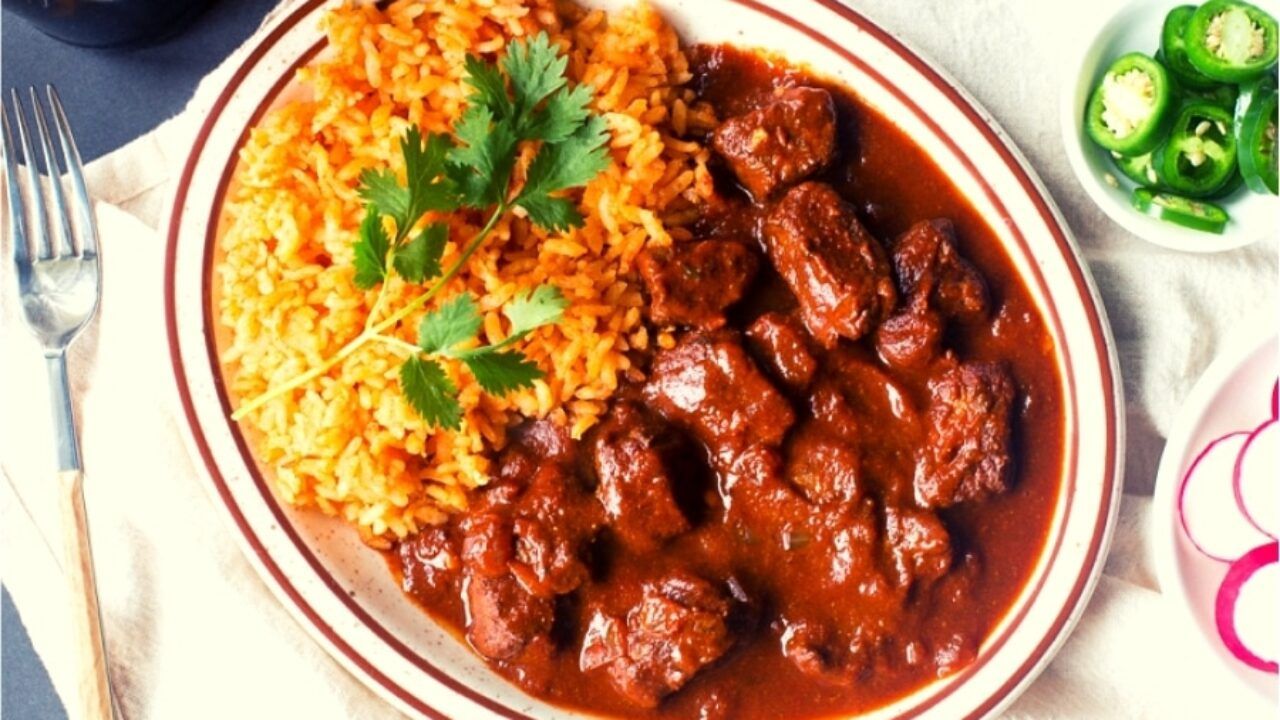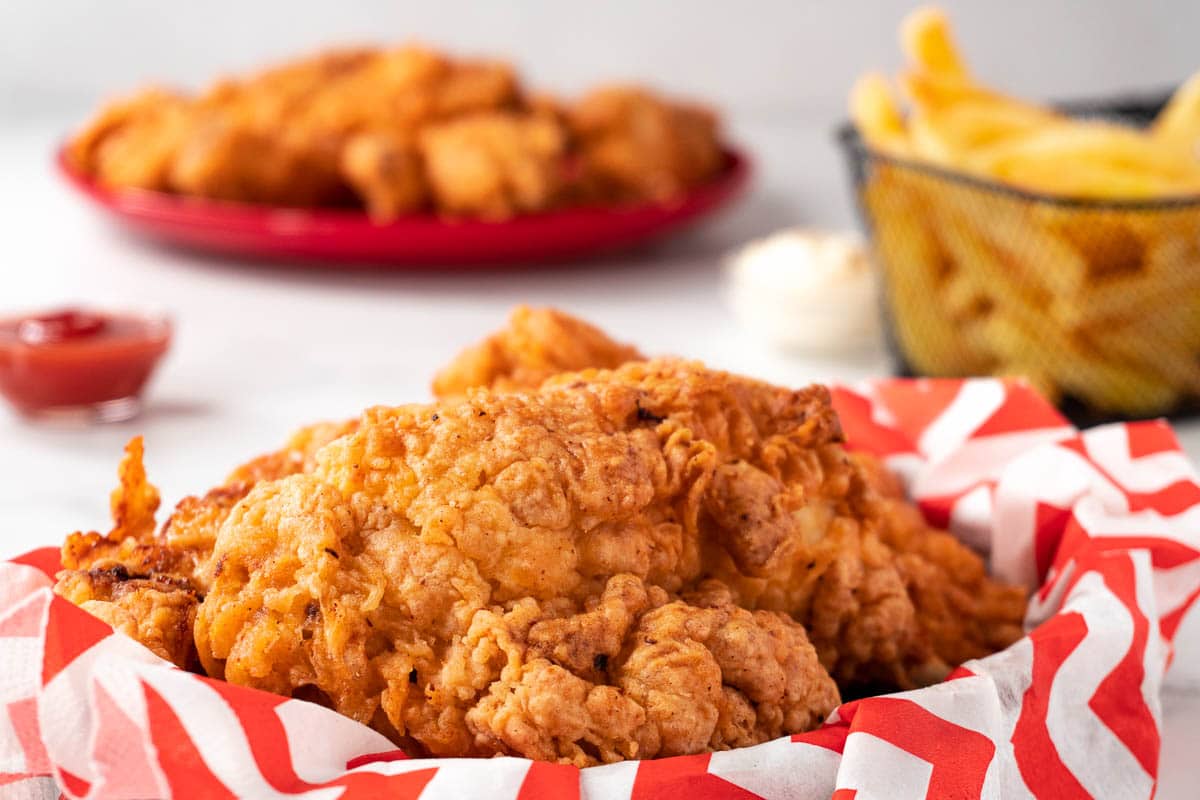Converting 1/2 Cup of Oil to Grams
When it comes to cooking and baking, precise measurements are crucial for achieving the perfect outcome. However, understanding the conversion of measurements can sometimes be a bit confusing. If a recipe calls for 1/2 cup of oil, you might wonder how many grams that equates to. Let’s dive into the conversion and clear up any confusion.
Understanding the Conversion
Converting 1/2 cup of oil to grams requires a basic understanding of the density of the specific type of oil being used. Different oils have different densities, so the conversion may vary slightly depending on the type of oil. However, as a general rule of thumb, 1/2 cup of oil is approximately equivalent to 120 grams.
Types of Oil and Their Densities
It’s important to note that the density of oil can vary based on its type. Here are the approximate conversions for some common types of cooking oils:
- Canola Oil: 1/2 cup = 120 grams
- Olive Oil: 1/2 cup = 119 grams
- Corn Oil: 1/2 cup = 112 grams
- Vegetable Oil: 1/2 cup = 112 grams
- Coconut Oil: 1/2 cup = 112 grams
Why Use Grams?
While many recipes in the United States use volume measurements such as cups, using grams for measuring ingredients offers a more precise and consistent approach to cooking and baking. Grams are a unit of weight, which means that the measurement is not affected by the density or air pockets in the ingredient. This is particularly important in baking, where precision is key to achieving the desired texture and flavor.
Measuring Oil Accurately
When measuring oil, it’s important to use the right tools to ensure accuracy. Here are some tips for measuring oil properly:
- Use a Liquid Measuring Cup: When measuring liquids like oil, use a liquid measuring cup rather than a dry measuring cup for the most accurate measurement.
- Check at Eye Level: To ensure the correct amount, check the measurement at eye level to avoid overpouring.
- Consider Weight Measurements: If precision is crucial, consider using a kitchen scale to measure the exact weight of the oil in grams.
Conclusion
Understanding the conversion of 1/2 cup of oil to grams is essential for precision in cooking and baking. While the approximate conversion is 120 grams for most types of oil, it’s important to consider the specific density of the oil being used for the most accurate measurement. By using grams as a unit of measurement, you can ensure consistency and precision in your culinary creations.
Next time you’re following a recipe that calls for 1/2 cup of oil, you can confidently convert that measurement to grams and proceed with your cooking or baking with precision and accuracy.
Was this page helpful?
Read Next: What Is A Bonbon Candy
